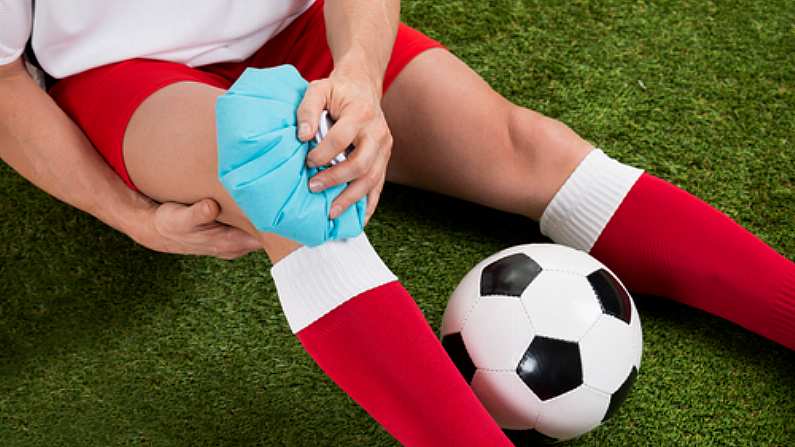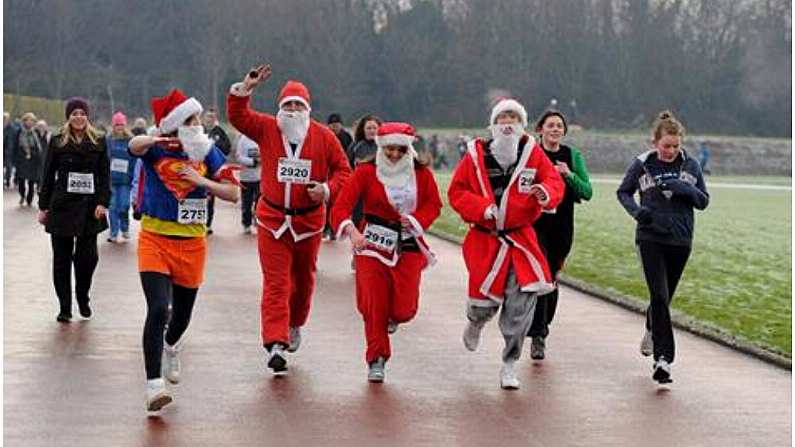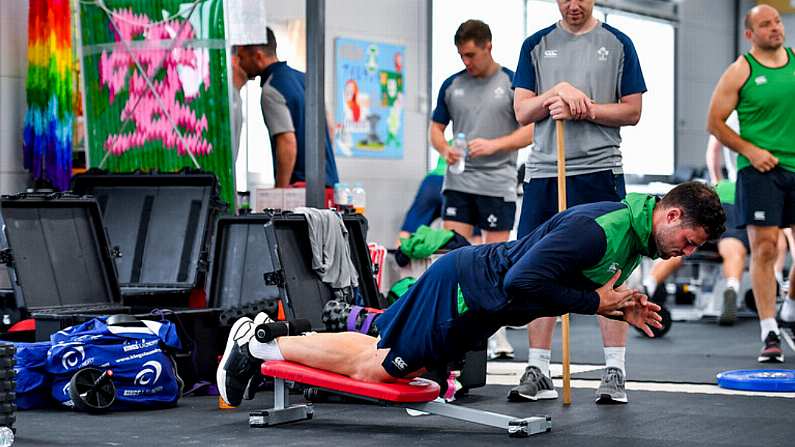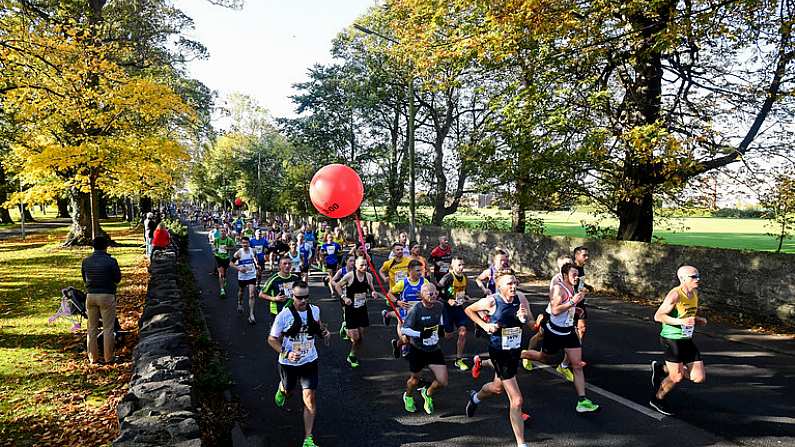Everyone from elite athletes to weekend Parkrun contestants know what an injury to a bone feels like when it arrives. Reflexively, the first thing most of us do when an injury hits is reach for the freezer and a bag of ice.
There's a reason for this. The RICE method for recovery from sports injuries, created in the 1970s by Dr Gabe Mirkin, which stands for REST, ICE, COMPRESSION, ELEVATION, has placed major importance on the power of ice in helping injuries heal. The RICE method has become gospel amongst many health professionals and physios providing advice on sports injuries, especially sprains.
But the importance of ice in the healing process of sprains has been called into question, thanks in large part to the man who invented the RICE method, Dr Gabe Mirkin.
Writing on his blog, Dr Mirkin cites a number of studies that question the power of ice in healing.
Dr Mirkin goes on to say that ice can help relieve pain but there's no need to use it six hours after the injury.
If the injury is limited to muscles or other soft tissue, a doctor, trainer or coach may apply a compression bandage. Since applying ice to an injury has been shown to reduce pain, it is acceptable to cool an injured part for short periods soon after the injury occurs. You could apply the ice for up to 10 minutes, remove it for 20 minutes, and repeat the 10 minute application once or twice. There is no reason to apply ice more than six hours after you have injured yourself.
His big takeaway is that ice may actually delay the healing process if overused.
Dr Mirkin published his rethink on ice back in 2015, but in the late week, these reports have been making waves in the UK media, with articles in the Daily Mail and Sunday Telegraph about it.
Next time you roll your ankle during a 5-a-side match or sprain your wrist playing hurling, think twice about how long you ice for. Anything more than 6 hours may actually hinder the healing process.













